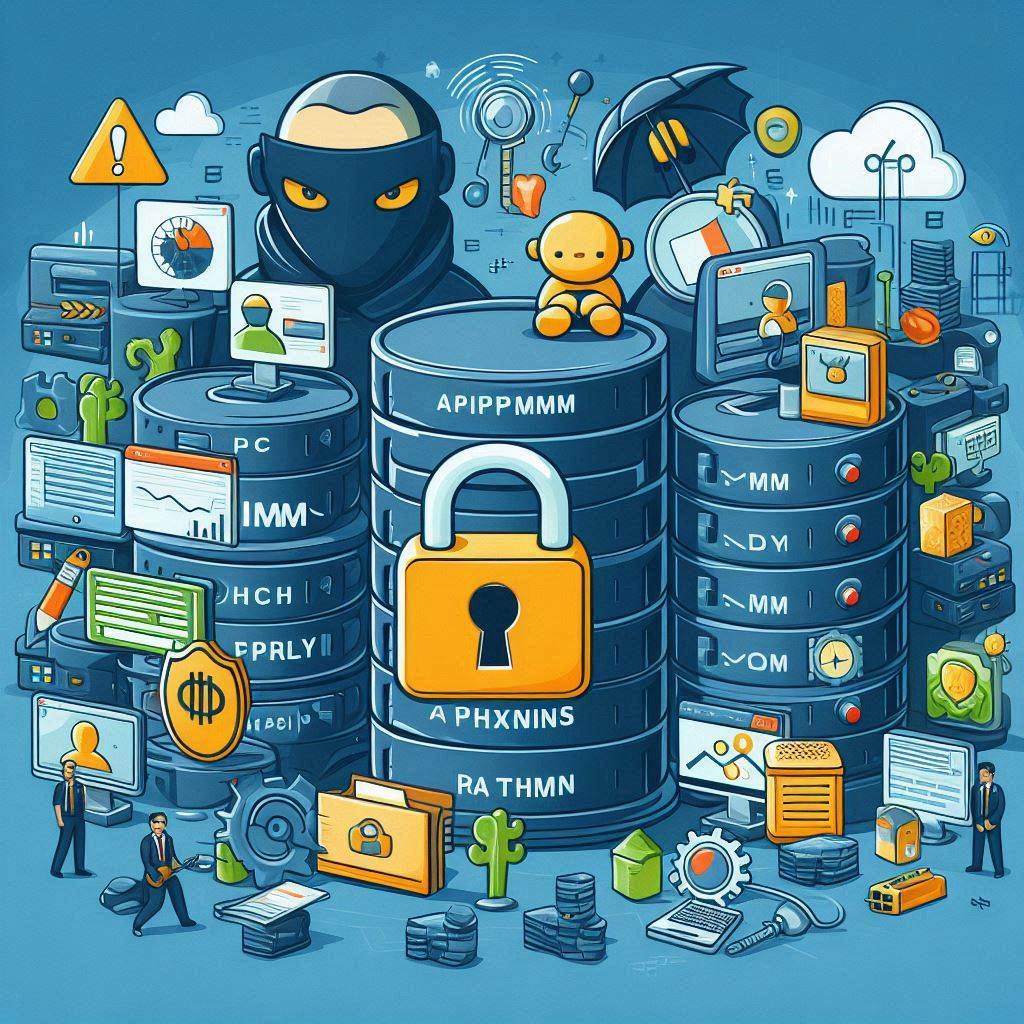
Here are some points, how to secure phpmyadmin in production:
Change the Default Directory:
Prevent easy discovery by attackers by renaming the default “phpmyadmin” directory to something less predictable.
Modify the configuration file (e.g., /etc/phpmyadmin/apache.conf) to reflect the new name.
For Ubuntu 9.10 and Apache2, the corresponding setting is located in the file /etc/apache2/conf.d/phpmyadmin.conf which is a link to /etc/phpmyadmin/apache.conf. The file contains
Alias /phpmyadmin /usr/share/phpmyadminwhere the first /phpmyadmin should be changed to something different if one wants to avoid the unnecessary activity, e.g.:
Alias /secret /usr/share/phpmyadminRestrict Access:
The first step in securing phpMyAdmin is to restrict who can access it. This can be done by configuring your server to only allow certain IP addresses or domains to access the phpMyAdmin directory. For example, if you’re using Apache, you can add an Alias directive in your configuration file to specify the path to phpMyAdmin and then use a block to restrict access 1.
Alias /phpmyadmin "/usr/share/phpmyadmin"
<Directory "/usr/share/phpmyadmin">
Order deny,allow
Deny from all
Allow from YOUR_IP_ADDRESS
</Directory>Replace YOUR_IP_ADDRESS with the actual IP address you want to allow access from.
Use Strong Authentication:
Set a strong password for the phpMyAdmin login.
Enable Two-Factor Authentication (2FA) if your phpMyAdmin version supports it. Encryption:
Enforce HTTPS: Require HTTPS for all phpMyAdmin connections to encrypt data in transit and protect against eavesdropping. Obtain and install a valid SSL/TLS certificate.
Disable Root Login: Disable root login to phpMyAdmin and use a dedicated user account with appropriate privileges.
Set Maximum Login Attempts: Configure phpMyAdmin to limit the number of login attempts. This helps prevent brute-force attacks.
Regular Backups: Schedule regular backups of your database. In the event of a security incident, you can restore your data.
Directory & File Permissions: Ensure correct permissions on directories and files. Avoid 777 permissions.
Restrict access to your XAMPP server. Only allow trusted users to access your XAMPP server. You can do this by using a firewall to block access from unauthorized IP addresses.

I’m Abhishek, a DevOps, SRE, DevSecOps, and Cloud expert with a passion for sharing knowledge and real-world experiences. I’ve had the opportunity to work with Cotocus and continue to contribute to multiple platforms where I share insights across different domains:
-
DevOps School – Tech blogs and tutorials
-
Holiday Landmark – Travel stories and guides
-
Stocks Mantra – Stock market strategies and tips
-
My Medic Plus – Health and fitness guidance
-
TrueReviewNow – Honest product reviews
-
Wizbrand – SEO and digital tools for businesses
I’m also exploring the fascinating world of Quantum Computing.